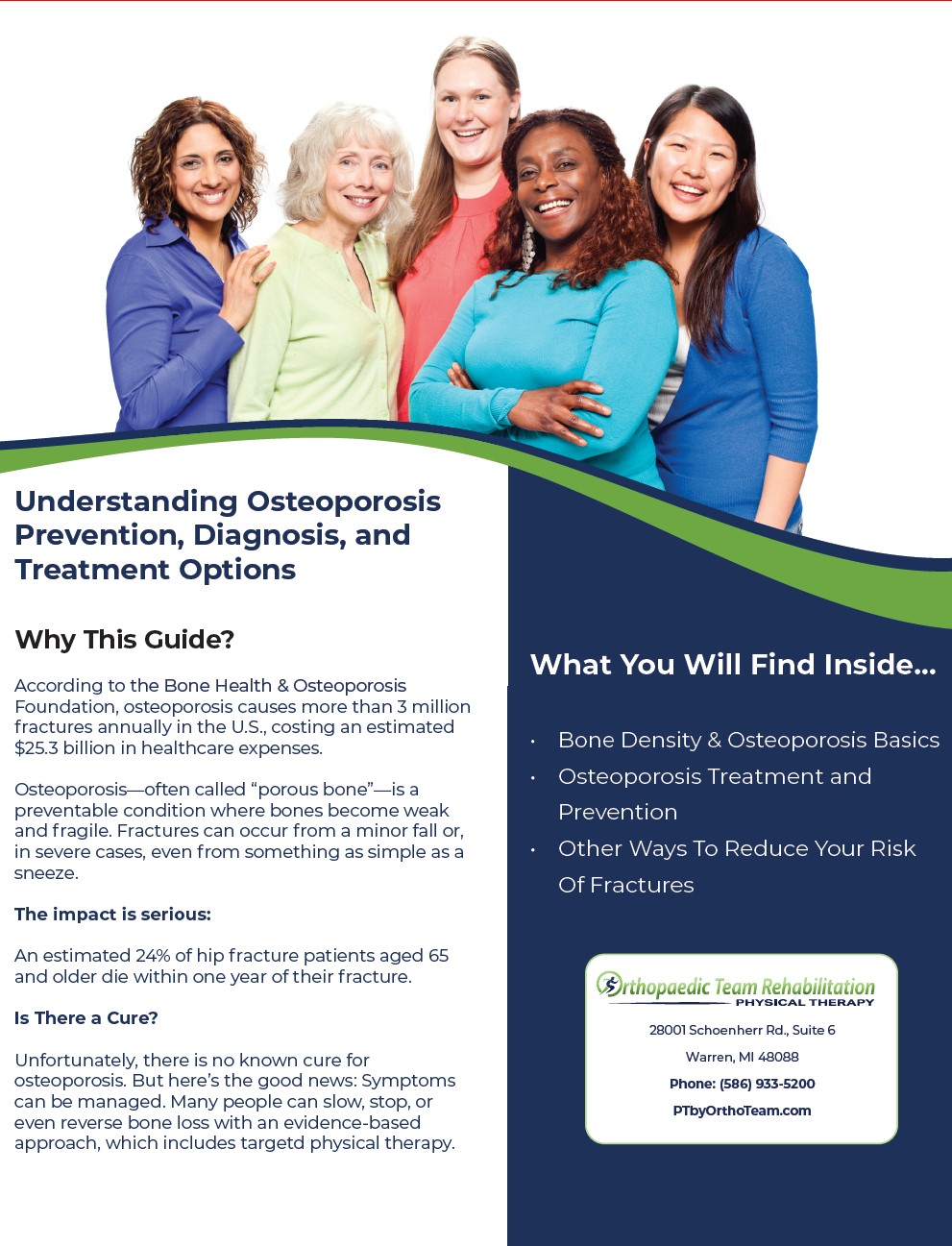Osteoarthritis Patients May Show High Bone Mineral Density, But Also Have Low Bone Strength
For years, clinicians and patients alike believed that the higher bone density often observed in osteoarthritis (OA) patients offered a natural shield against osteoporosis (OP). It seemed logical—denser bones should mean stronger bones, right? But recent research has shattered this myth. OA and OP frequently coexist, creating a hidden risk for fractures and long-term disability. High bone mass doesn't always equal bone strength; sometimes, it masks fragility.
The Overlap Between OA and OP
OA and OP are two of the most common musculoskeletal disorders worldwide:
- Osteoarthritis affects over 528 million people globally, making it the leading cause of disability in older adults.
- Osteoporosis impacts 200 million people worldwide, with one in three women and one in five men over 50 experiencing an osteoporotic fracture.
When these conditions occur together, the consequences can be severe—reduced mobility, chronic pain, and increased fracture risk. Understanding this overlap is critical for better prevention and treatment strategies.
Why the Misconception Exists
OA patients often show higher bone mineral density (BMD) on scans, which historically led clinicians to assume they were protected from OP. However, bone quality—not just density—determines strength. OA-related changes can make bones brittle despite their density, leaving patients vulnerable to fractures.
Treatment Landscape: What Are Patients Using?
For Osteoarthritis (OA):
- NSAIDs (Nonsteroidal Anti-Inflammatory Drugs): Used by 80% of OA patients for pain relief.
- Topical NSAIDs: Recommended for knee OA; about 40% of patients use them.
- Opioids: Prescribed in severe cases, but less than 10% of OA patients rely on them due to safety concerns.
- Duloxetine: An antidepressant approved for chronic OA pain; used by 15% of patients.
For Osteoporosis (OP):
- Bisphosphonates: First-line therapy, used by 60–70% of OP patients.
- Denosumab: A monoclonal antibody gaining popularity, with usage around 20%.
- SERMs (Selective Estrogen Receptor Modulators): Like raloxifene, prescribed for postmenopausal women (10–15%).
- Anabolic Agents: Such as teriparatide, reserved for severe cases (<5%).
The Cost of Inaction
Fractures caused by OP cost healthcare systems billions annually. In the U.S. alone, osteoporotic fractures account for $57 billion in direct costs each year, and OA-related disability adds another $136 billion in treatment and lost productivity.
What Can Be Done?
- Early Screening: Don't assume OA patients are safe from OP—dual screening is essential.
- Integrated Care: Combining pain management for OA with bone-strengthening strategies for OP.
- Lifestyle Interventions: Weight-bearing exercise, adequate calcium and vitamin D intake, and fall prevention strategies.
Therapist's Recommendations
As a Team of physical therapists treating OA and OP patients every day, our advice is to focus on consistency and mindfulness of proper, safe technique during your recovery. Listen to your body, work as closely as possible with your specially trained therapist, progress gradually, and prioritize exercises that support strength, mobility, and pain-free movement.
In addition, carefully plan your transition to independent exercise with the goal of avoiding setbacks. If symptoms persist or worsen, consult a licensed professional to ensure your rehabilitation stays on track.
Want to learn more about how Orthopaedic Team Rehabilitation can help you manage your OA and OP together? Schedule an appointment today.









Leave A Comment